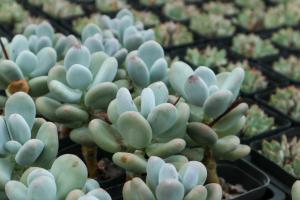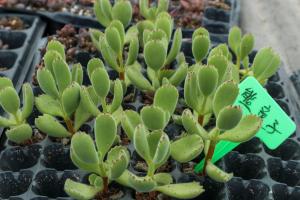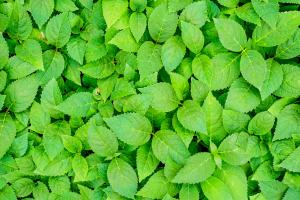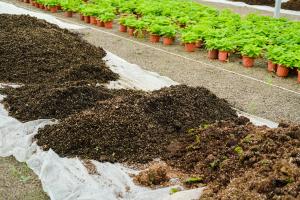Propagation of Phyllostachys pubescens
The propagation of Phyllostachys pubescens can be divided into ramet propagation, seed propagation and cutting propagation. However, because it is difficult for bamboos to get seeds and it is difficult to root by cutting, Phyllostachys pubescens mainly propagates by ramets

Ramet propagation of Phyllostachys pubescens
Ramet propagation is carried out from February to march in spring, combined with pot change. Pour out the over dense plant clumps from the basin, cut them at the root of the plant with a knife, and put them in another basin to avoid damaging the roots. When cutting, each shoot bud should carry at least one old bamboo, and the fibrous roots should be retained as much as possible to ensure the survival of Phoenix Tail Bamboo. Plant the newly divided plants in a suitable pot, cultivate them with fertile soil, keep them moist, and place them in the semi shade, and the shoot buds will grow rapidly

Seed propagation of Phyllostachys pubescens
It is suitable to be carried out from April to May. The seeds are soaked in warm water for 1 ~ 2 days before sowing. It can germinate about 40 days after sowing. The seedlings grow slowly and can only be transplanted and cultured after about half a year

Cutting propagation of Phyllostachys pubescens
Phyllostachys pubescens is inconvenient to adopt horizontal burial method, and usually adopts vertical cutting for propagation
Cutting in March to April or July to August is better. The substrate for cutting should be mountain mud or clean sand. The thickness of cutting is about 15 cm. Coarse particles should be used at the bottom and smaller particles should be used at the upper part. This is more conducive to water seepage and easy to control the water content of the substrate. The cuttings are cut from the stems of two or three-year-old Phoenix tailed bamboo, and each cuttings takes a single section or 2 ~ 3 sections as needed. The lower part of the bottom stem node is 2 ~ 2.5cm empty to be buried in the soil. The upper stem node needs to be 1 cm empty, which is to prevent water loss in the stem node. When cutting, you need to insert the empty 2.5cm part at the bottom of the stem into the soil, and the bottom stem node should also be inserted into the soil by 1cm. The insertion of stem nodes should be moderate, and it is inconvenient to manage if it is too deep or too shallow. After cutting, ensure that the air humidity around the slotting machine is increased. Spray 6~7 on the bamboo leaves every day, so that the air humidity is 85%. p>
In addition, it is necessary to cover nine to eight tenths of the light and reduce its water consumption. At a suitable temperature, it can take root in 25-30 days< span>

 how many times do yo...
how many times do yo... how many planted tre...
how many planted tre... how many pine trees ...
how many pine trees ... how many pecan trees...
how many pecan trees... how many plants comp...
how many plants comp... how many plants can ...
how many plants can ... how many plants and ...
how many plants and ... how many pepper plan...
how many pepper plan...






























